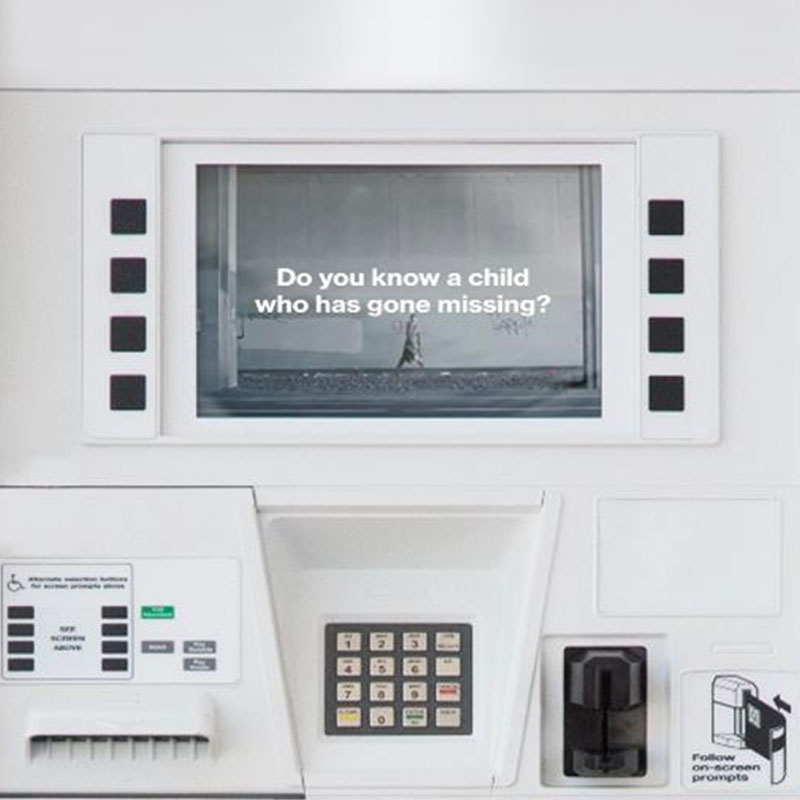AMBER Alert Briefs – Issue 1 2022
Short News Clips on AMBER Alert & Child Protection Issues

Amber Hagerman Remembered 26 Years Later
On January 13, 1996, 9-year-old Amber Hagerman was kidnapped and murdered in Arlington, Texas. But her legacy lives on through the nationwide AMBER Alert system that has helped more than 1,000 children return home safely. “It’s another legacy for my daughter, that she didn’t die in vain, that she is still taking care of our little children as she did when she was here,” said Amber’s mother, Donna Williams. “So, I’m very proud of my daughter for all she has done for our children here.” January 13 is now National AMBER Alert Day, a day to remember Amber Hagerman and all the other children who have been kidnapped and murdered. It is also a date to celebrate those who have been saved and efforts still being made to help missing and abducted children.

Utah Senator Aims to Ban AMBER Alerts in Custody Cases
A Utah senator wants to stop AMBER Alerts from being used in custody disputes between parents. Senator Todd Weiler is seeking to ban the alerts in custody cases after an AMBER Alert was issued for four children taken by their non-custodial mother. The girls were later found safe in California. The Utah Department of Public Safety responded that AMBER Alerts are only used when a child has been abducted and their life or safety is in danger. National Center for Missing & Exploited Children (NCMEC) data estimates more than 200,000 children are abducted each year by a parent or family member.

Signs with Artificial Intelligence Being Used for AMBER Alerts
Electronic signs in Arlington Heights, Illinois, are now using Artificial Intelligence (AI) so AMBER Alerts, tornado warnings, and other public emergencies will take precedence over any other messaging. The signs will soon be used in smart cities, convention centers, and airports.

Washington Considers Alert for Missing and Murdered Indigenous Women
Washington state lawmakers are proposing a Missing and Murdered Indigenous Women Alert System that would be similar to AMBER and Silver Alerts. Washington Representative Debra Lekanoff said the alert would be used to raise awareness of missing Native people. The National Crime Information Center has found that Indigenous women are reported missing and murdered at a rate 10 times the national average — and murder is the third leading cause of death for Native American women.

Service Stations Now Posting AMBER Alerts on Gas Pumps
More than 26,000 service stations are now posting AMBER Alerts and information about missing children on television monitors installed on gas pumps. The national media network GSTV started the program ADAM (Automated Delivery of Alerts on Missing Children) in 2019. GSTV is working with NCMEC and said the gas pump screens reach 96 million people in 48 states each month. “It’s not just about advertisements and entertaining, but taking the opportunity to engage our viewers at a time where they’re extremely attentive,” said GSTV executive Violeta Ivezaj. “There isn’t a whole lot to do when
you’re pumping gas.”

Wisconsin Parents of Murder Victim Want Alerts for Domestic Violence Cases
The parents of a 21-year-old woman murdered by her husband is asking officials to create a “Bianca Alert” to help victims of domestic violence. Timothy Cox, stepfather of Bianca Vite, said the alert is needed because an AMBER Alert or Silver Alert could not be issued to help save his stepdaughter. County officials say they will continue to discuss the idea with Cox to see if the alert is feasible.

Denver Adds New System for Non-AMBER Alert Notifications
Denver has started a new opt-in service to issue emergency notifications other than AMBER Alerts. The city will still send AMBER Alerts through Wireless Emergency Alerts (WEAs) but will use Everbridge for other types of alerts. WEA is overseen by the Federal Emergency Management Agency and limits what types of alerts can be used on the system. People can select what types of alerts they want to receive and in what areas through Everbridge.

Task Force Offers Help for Native Hawaiian Sex Trafficking Victims
Hawaiian lawmakers launched a task force to gather data and study the impact of sex trafficking on Native women and children. Researchers found that 64% of sex trafficking victims are Native Hawaiians. Local activists blame tourism and the lack of law enforcement resources to stop the widespread abuse across the islands. “If there’s no data, there’s no problem,” said Khara Jabola-Carolus, Executive Director of the Hawaii State Commission on the State of Women. She added concrete numbers are needed to understand the scope of the problem. In 2020, the Hawaii Attorney General established a human trafficking coordinator to develop training and increase the number of prosecutions.
